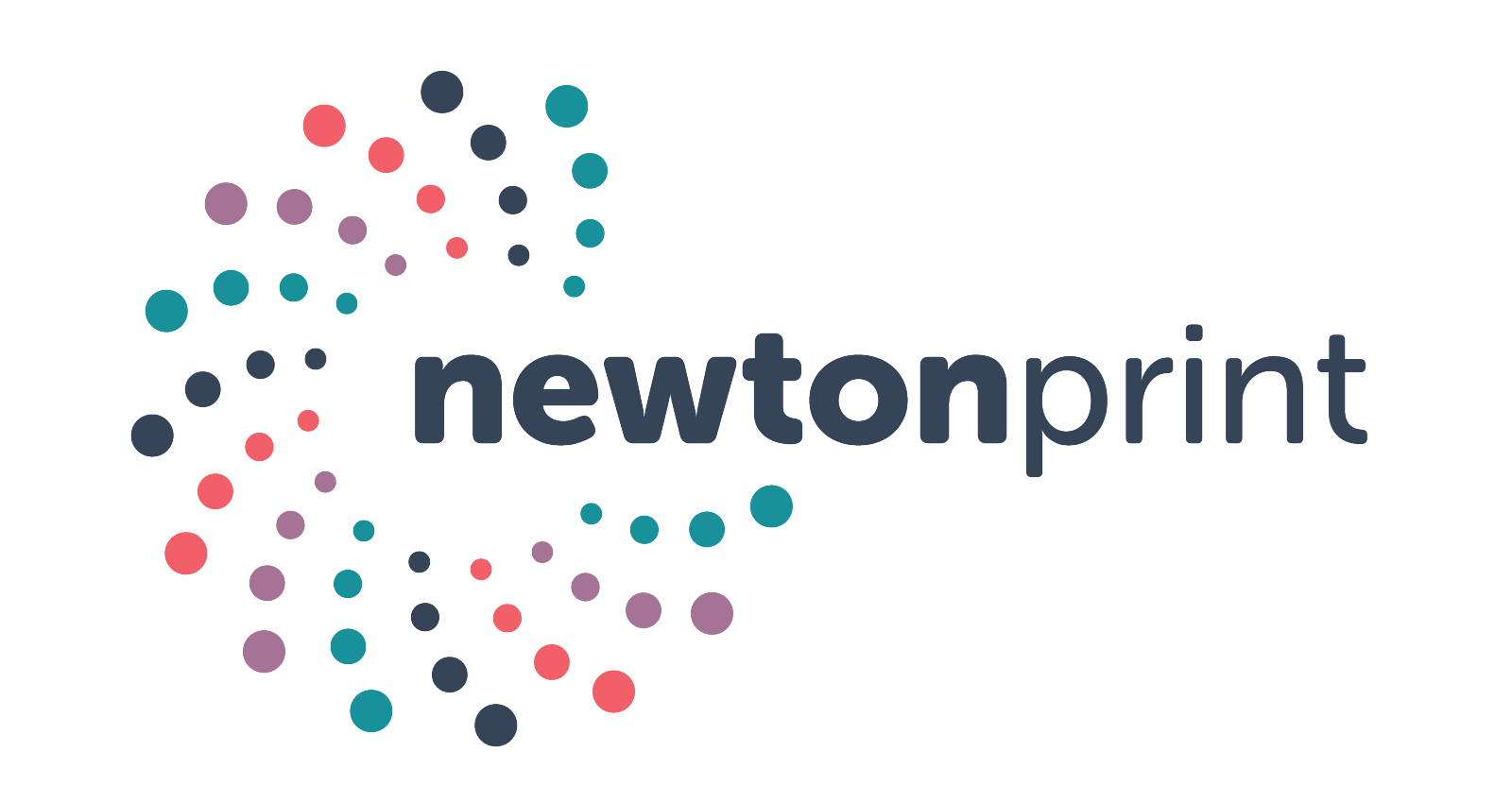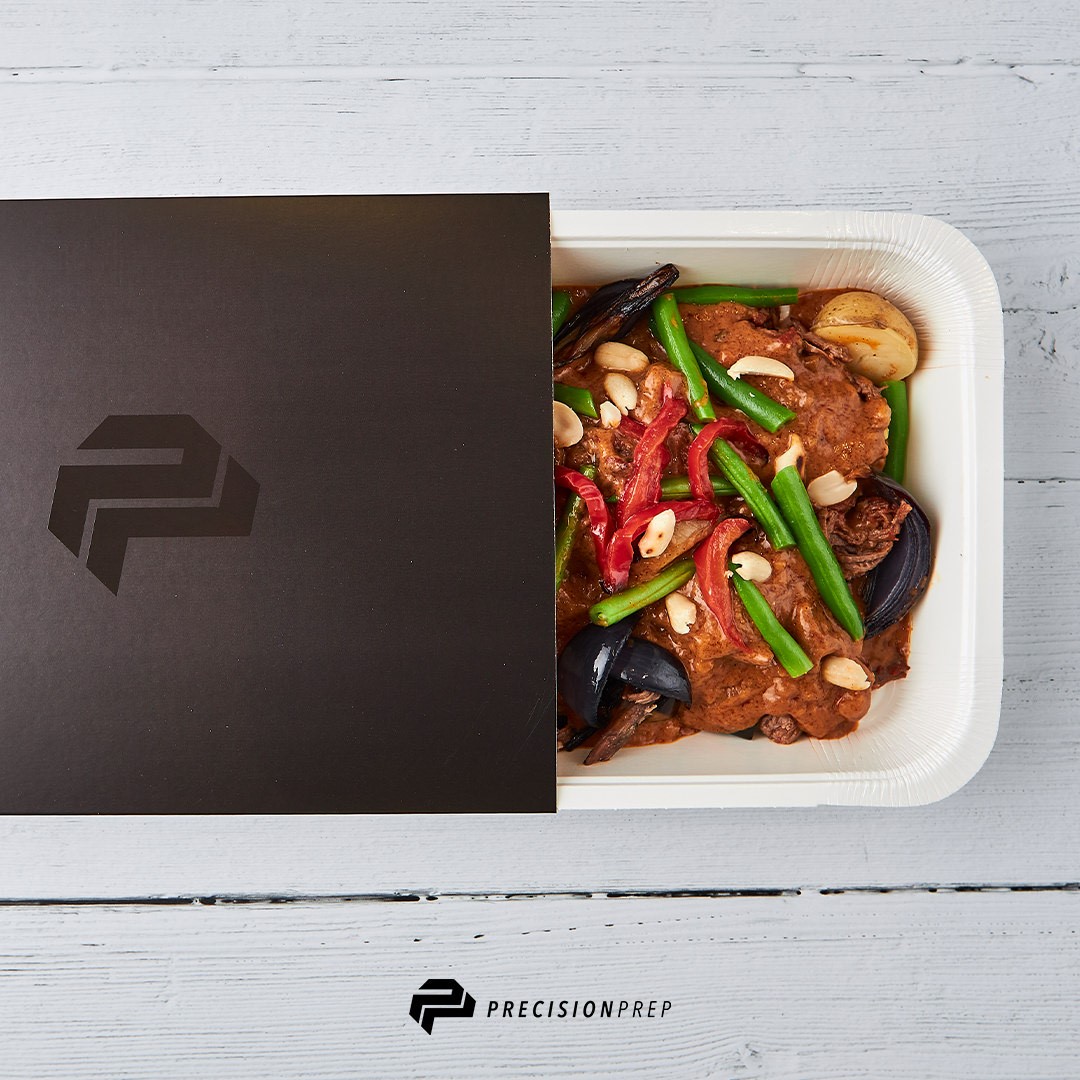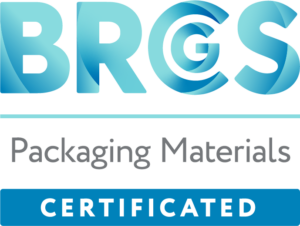If you’re trying to decide whether to use linerless labels or cardboard sleeves for your packaging, there are a few things to consider. Both options have their own unique benefits and drawbacks, so the choice ultimately depends on your specific requirements.
What are the pros and cons of linerless labels?
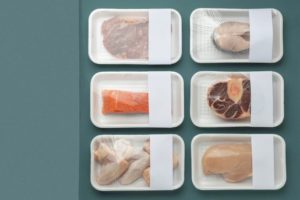
One benefit of using linerless labels is that they are wound very tightly on the reels and have no backing liner (hence the name), meaning that the reels reduce requirements for storage – a key consideration.
This also means that, providing you have the machinery to apply these labels, the process is very fast and requires minimal human intervention. Downtime is low as linerless labels are packed in large reels, meaning they run for longer between changeover.
Additionally, linerless labels are often cheaper than cardboard sleeves. Because they are made from a simpler material and are wound onto reels, they are typically less expensive to produce. This means you can save money on your packaging costs while still providing high-quality visual for your products.
However, linerless labels do have some drawbacks. For one, the cost of installing machinery to apply linerless labels can be very high, which means you may not see any cost saving for some time.
They also may not provide as much protection as cardboard sleeves. These labels are designed to be flexible and stretchy, which means they can be prone to tearing or damage. This may not be ideal if you’re packaging fragile items or regularly send your food products using national courier services such as DPD.
What are the benefits of cardboard sleeves?
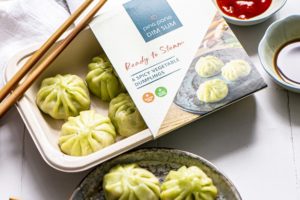
Printed cardboard sleeves offer a more robust and reliable option for protecting your products. These sleeves are made from sturdy freezer-safe board that is less likely to tear or break, providing a higher level of protection for your items.
They are also suitable for fitting over the entire tray, unlike linerless labels. This makes them a great choice for brands that need to ensure their products arrive at their destination in pristine condition.
Another benefit of using cardboard sleeves is that they can be customized to fit much more flexibly. You can design cardboard sleeves in a huge range of shapes and sizes to make your product stand out on-shelf. Options include cut-out windows, irregular shapes and full-width sleeves.
Cardboard sleeves are generally more environmentally friendly than linerless labels. These sleeves are made from a recyclable material that is accepted in kerbside recycling schemes, reducing the amount of waste that ends up in landfills. This makes them a great choice for companies that are looking to reduce their environmental impact.
In conclusion, whether you choose linerless labels or cardboard sleeves for your packaging depends on your specific needs and preferences. Linerless labels are quicker to apply and cheap to produce, but they may not provide as much protection as cardboard sleeves and come with a high capital outlay.
Cardboard sleeves, on the other hand, are more robust and environmentally friendly, but they are not always as easy to apply. The best option for you will depend on your priorities and the type of products you’re packaging.
Looking for inspiration? View our sleeves gallery
